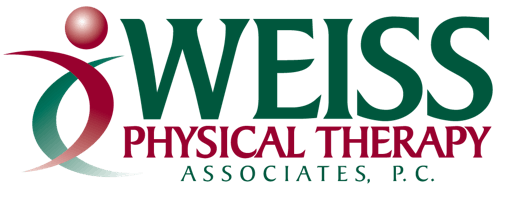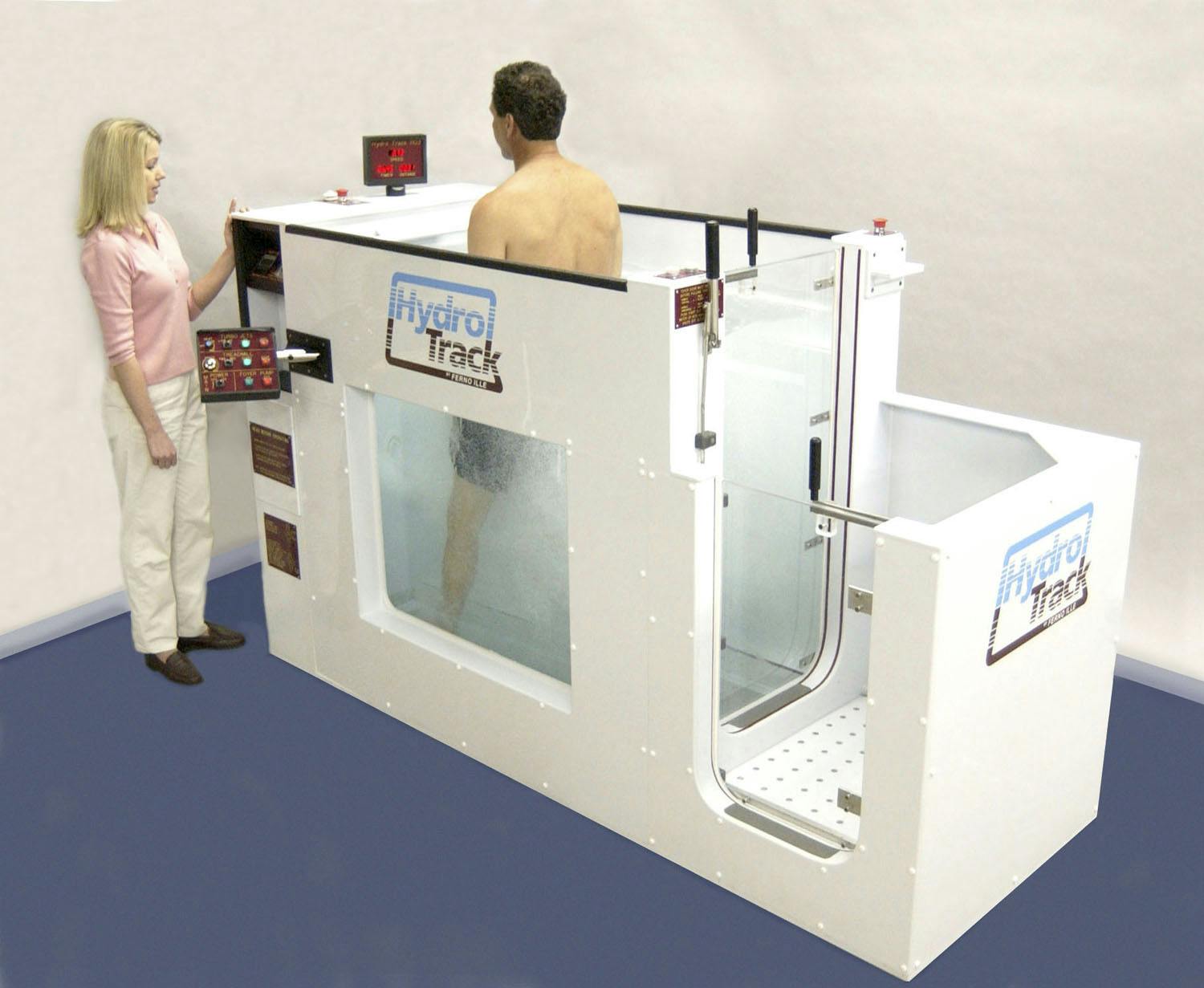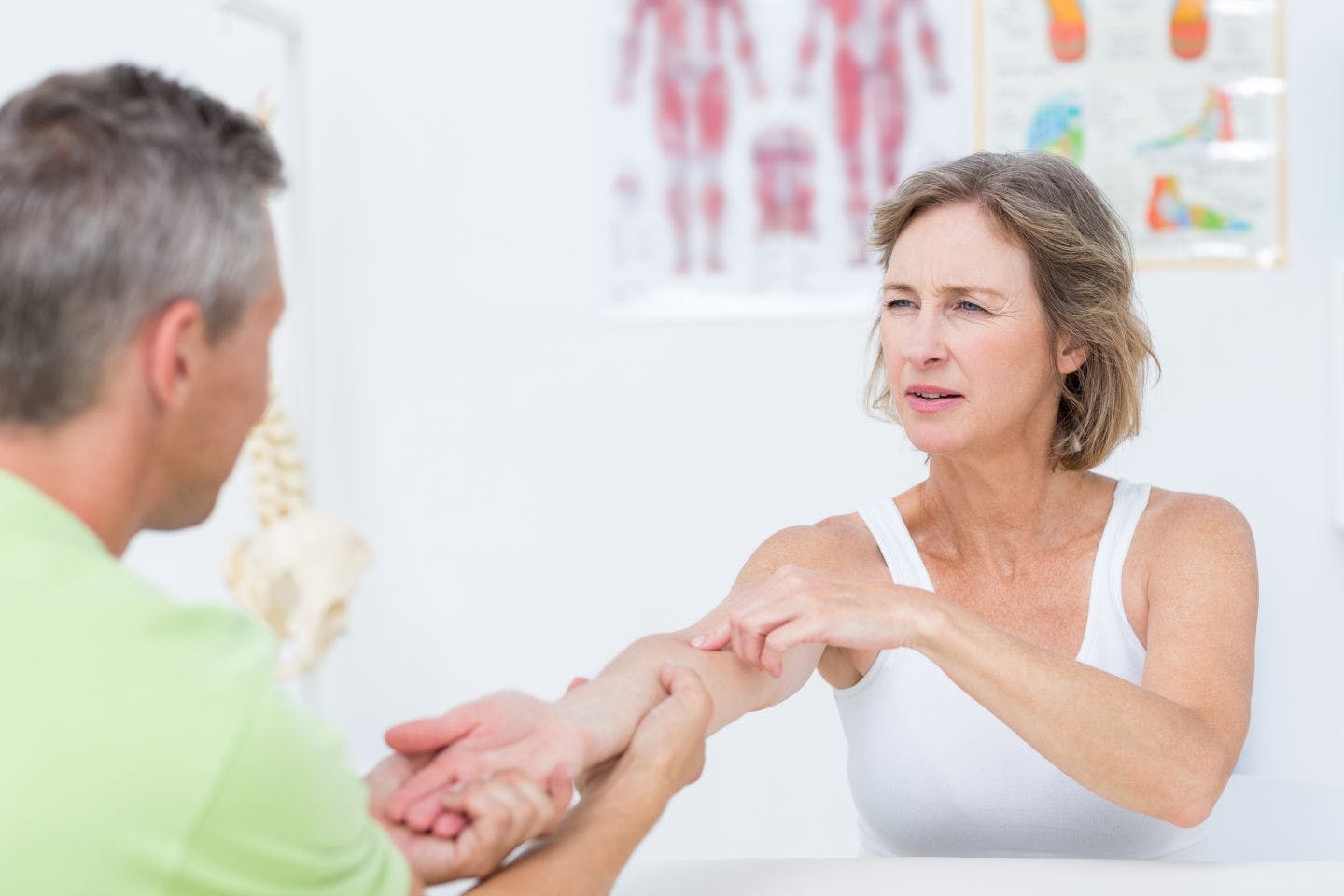Studies show the importance and effectiveness of a pre-operative physical therapy session to instruct patients in a exercise program they can perform leading up to their elective surgery (knee & hip replacement surgery, spine surgeries, etc.). A Pre-operative physical therapy consultation can aid in preparing the patient for surgery to train them on how to correctly use assistive walking devices (ie. walker, cane), and manage patient expectations. Going into the surgery with less anxiety will help maximize your overall recovery and give you a better outlook on the post-surgery process.
Surgeons routinely refer post-surgical patients to our physical therapists to help them recover strength, function and mobility.
Our therapists provide one-on-one, evidence-based physical therapy treatment sessions to help facilitate your recovery and return to activities of daily living (ADLs), work, recreational activities and even competitive sports.
The rehabilitative process depends on the injury and type of surgery. We help patients recover and rehabilitate from a variety of orthopedic post-operative procedures, including:
- Knee, hip and shoulder joint replacements
- Reconstruction of any one or more of the four major knee ligaments: anterior cruciate ligament (ACL), medial collateral ligament (MCL), posterior cruciate ligament (PCL), and lateral collateral ligament (LCL)
- Arthroscopic knee surgeries (such as meniscectomies, meniscal repairs)
- Ligament and tendon repair, including Achilles tendon repairs
- Arthroscopic hip surgeries (such as labral repairs)
- Nerve releases (such as cubital tunnel, radial tunnel, carpal tunnel, tarsal tunnel)
- Neck and back surgery (such as fusions, laminectomy, decompression and discectomy)
- Nerve compression release
- Bone or joint fusion (arthrodesis)
- Tendon transfers
- Surgical fixation of fractures, including open reduction and internal fixation (ORIF), a two-part surgery used to fix broken bones where the broken bone is reduced (put back into place) and an internal fixation device is placed on the bone (e.g., screws, plates, rods or pins) to hold the bone together
- Manual therapy
- Soft tissue and/or joint mobilization
- Muscle energy
- Gait and balance training
- Transcutaneous electrical nerve stimulation (TENS) - electrical muscle & nerve stimulation
- Therapeutic exercise and functional strength training
- Ultrasound
- Functional re-education
- Rehabilitative exercises to help increase strength, endurance, motion, balance and coordination


